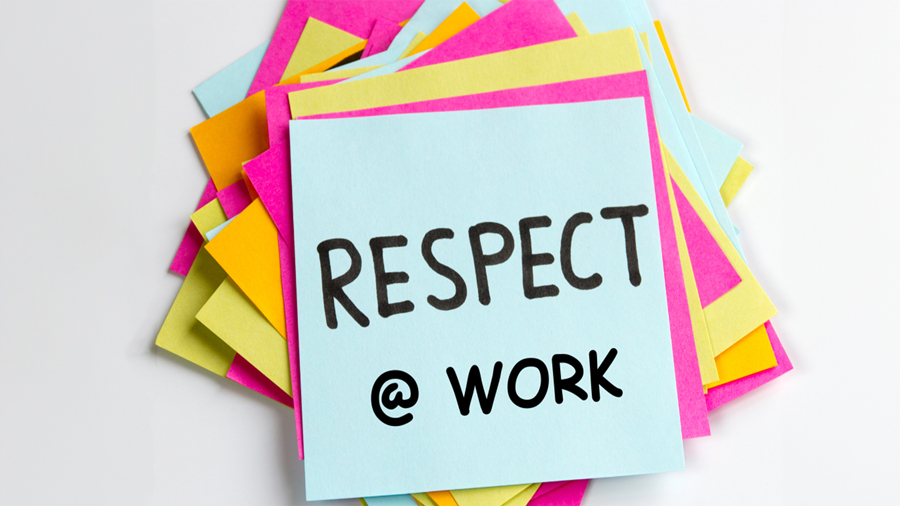Bill 132, Sexual Violence & Harassment
The Ontario government launched a campaign – “It’s Never Okay: An Action Plan to Stop Sexual Violence and Harassment“- to herald the changes to occupational health and safety legislation that resulted in Bill 132. On March 8, 2016, Bill 132 received Royal Assent, and came into effect in Ontario on September 8, 2016.
What has changed?
The definition of workplace harassment under the Occupational Health and Safety Act (“OHSA”) is now expanded to expressly include sexual harassment. As with other harassment definitions, this one echoes the definition in the Human Rights Code:
- engaging in a course of vexatious comment or conduct against a worker in a workplace because of sex, sexual orientation, gender identity or gender expression, where the course of comment or conduct is known or ought reasonably to be known to be unwelcome; or
- making a sexual solicitation or advance where the person making the solicitation or advance is in a position to confer, grant or deny a benefit or advancement to the worker and the person knows or ought reasonably to know that the solicitation or advance is unwelcome.
Employers likely already have procedures in place to deal with allegations of workplace harassment, pursuant to earlier requirements under Bill 168, which mandated procedures to address violence and harassment in the workplace . Bill 132 extends the employer’s responsibility to include measures to deal with allegations of sexual harassment. For example, Bill 132 requires employers to include procedures for employees to report harassment to someone other than the employer or supervisor if either of them is the alleged harasser. This addresses a major concern of those who face harassment (sexual or otherwise) from those they must otherwise report to.
Employers are advised to ensure training for supervisory and management staff in how best to deal with allegations of sexual harassment, just as they have done for workplace harassment pursuant to Bill 168. Most important is the decision as to how to conduct a proper investigation. For a larger employer with a human resources department, this may be easier, since an appropriately trained person from another part of the enterprise might be available to conduct an impartial investigation. In smaller workplaces, it may be necessary to obtain the services of a qualified external investigator. How allegations of sexual harassment are handled in the first instance can go a long way to establishing the employer’s bona fides.
In any event, employers can still be required by a health and safety inspector to conduct impartial third-party investigations, at the employer’s expense, especially if an in-house investigation has been deemed to be flawed or incomplete. This underscores the importance for employers of ensuring that in-house procedures be impartial, professional and respectful of privacy. It is unlikely that a competently conducted in-house investigation will be deemed insufficient, such as to justify another investigation. In the end, it comes down to how much the employer is able to devote to in-house training versus the purchase of investigative services. What is most important is that the complaint is handled professionally and, ideally, pursuant to an already well-developed workplace policy.
Bill 132 mandates that the results of any harassment investigation be disclosed to the parties in writing, as well as any corrective action to be taken as a result of the investigation. At the same time, information obtained during the investigation , including any personally identifying information about an individual, is “not to be disclosed unless necessary for the purpose of investigating or taking corrective action or otherwise as required by law.” This aims to ensure the maximum amount of privacy for parties in the process.
To sum up, employers now have to have procedures in place for workers to report workplace sexual and other harassment, measures to maximize the privacy of the parties in an investigation, and a process that results in the parties being advised in writing of the findings of any investigation, as well as any corrective action that results from an investigation.
Employers will also have to review their harassment programs, including programs addressing sexual harassment, at least annually.
Finally, in a section that employers will look closely at in harassment cases, OHSA is amended to expressly provide that a reasonable action taken by an employer or supervisor relating to the management and direction of workers or the workplace is not workplace harassment. In other words, if in the exercise of normal workplace management, a manager or supervisor makes a negative assessment of an employee’s work performance, and seeks to remediate the employee’s performance, this is not considered harassment.
As well, a harassment investigation report outlined above is not considered to be a report that must, pursuant to OHSA section 25(2), be disclosed to a joint health and safety committee, a worker health and safety representative or other workers.
It will be interesting to see how these changes may be reflected in future arbitrations and rulings. In the end, however, if you have already implemented procedures for handling harassment complaints, as were set out in Bill 168, extending this to sexual harassment pursuant to Bill 132 is easy with HR Proactive Inc. Policy and Training Materials.











